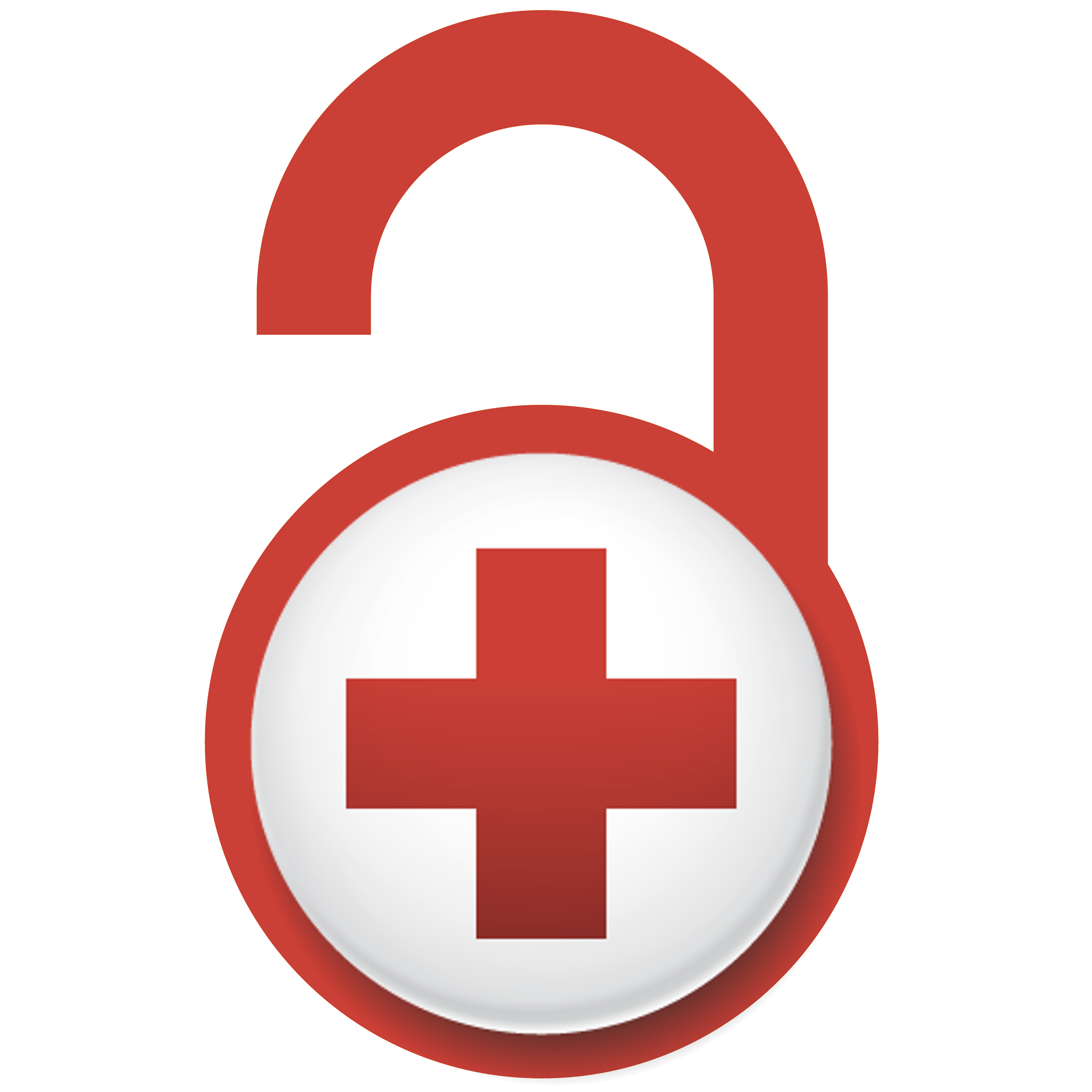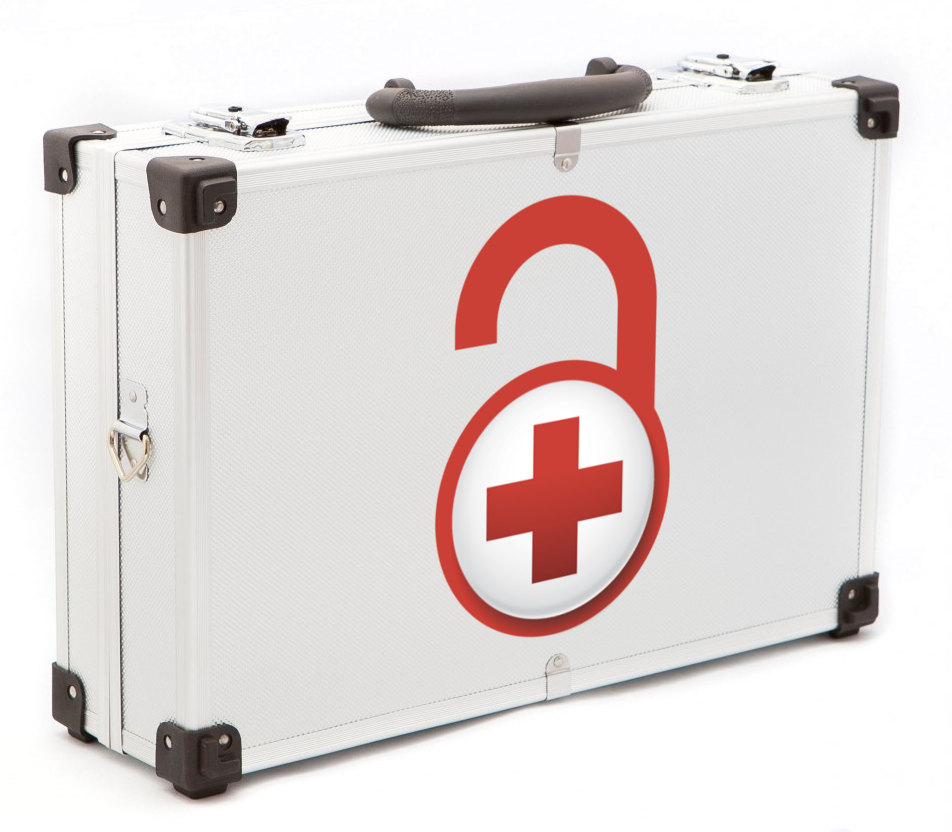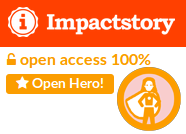
Open Access Clinic
A guide to make your science 100% open access


|
1) Find your work
|
2) Check your rights
|
3) Upload your work
|
4) Get recognition
|
|---|
Also its good for your career! Keep your science healthy by publishing your works open access, and be sure to share all your scholarly outputs (including data and code) via on-line repositories. If you have to publish in non open access journals, or have done so in the past, do not worry, there is a cure! Follow the simple steps below.
The first step in making your works openly available is to create a list of all your scholarly works. This way you can step through all your works and find ways to make each openly available. Your scholarly works may include articles, abstracts, figures, posters, and also data sets, software and hardware designs. You could create your list manually, however, here we recommend the use of ORCID.
Done with your list? Already have an up to date ORCID profile? Great, let’s move on to the next step.
“ORCID provides a persistent digital identifier that distinguishes you from every other researcher and, through integration in key research workflows such as manuscript and grant submission, supports automated linkages between you and your professional activities ensuring that your work is recognize”.
Through ORCID you not only create a clear and “canonical” list of your works, you also help others find it!
If you do not already have an ORCID account (your institute may have already created a profile for you) you can create one here. Once you are set-up with ORCID you can start to populate your profile with all your scholarly works. Entries can be added manually or you can import them from other systems (i.e. ORCID member organizations such as DataCite, CrossRef, Scopus, and ResearchID).
 orcid.org/0000-0003-3768-4269
orcid.org/0000-0003-3768-4269 <a href="https://orcid.org/0000-0003-3768-4269" target="orcid.widget" rel="noopener noreferrer" style="vertical-align:top;"><img src="https://orcid.org/sites/default/files/images/orcid_16x16.png" style="width:1em;margin-right:.5em;" alt="ORCID iD icon">orcid.org/0000-0003-3768-4269</a>

Before attempting to make your work open access you may wish to:
You can do the above for each of the item in your list of works. You can also check if your institute (or the institute of one of your co-workers) has an overarching Open Access License which enables you to share works.
Checked your rights? Ready for the next step?
If you are at a university your librarian may be able to advise and inform you about your rights for a given publisher/publication. You can also check yourself since most publishers list their policies on their website.
Depending on the journal you may or may not be able to share the pre-print, post-print, or published article form of your article. The site Sherpa Romeo may also be a helpful resource since you can search individual journals and quickly get insight into sharing rights.

For instance searching for “Journal of Biomechanics” provides us with:

While searching for “Journal of Biomechanical Engineering” provides us with:

Therefore, using this system you can quickly get an idea of the rights for a particular journal. However, this may not be the complete story as the institute you work for might have its own policies or licenses in place to help enable open access sharing. Consult your legal department or a librarian for more information.
Some institutes have an over arching open-access license. In some cases these automatically apply, while in other cases individual researchers may opt-in. An example of such an institute wide policy is MIT’s opt-in OA license. If you (or one of your co-authors!) is covered under such a license you may be able to share your works irrespective of the sharing policies of the individual journals. Consult your librarian for more information and to check if your institution has such an open access license policy in place.
Identified suitable repositories? Uploaded all your works? Let’s move to the next step.
There are many different types of repositories for your content. Your repository of choice may depend on the type of content (e.g. articles, data, or code) and on the particular discipline. If you are at a university your librarian may be able to advise your. Here is a list of repositories (and pre-print servers) per discipline: Disciplinary repositories.
Repositories like Zenodo can house any type of content, offer long term and stable storage, and provide a DOI, allowing one to cite your works.
Now that you’ve shared all your content it would be good to announce your efforts to the rest of the world. Post links to the openly available works on social media and on your personal and institutional websites where possible. However, it is also possible to create a list, similar to the list of your ORCID profile, providing links to all your shared works. One system that allows for this is ImpactStory (click on impactStory profiles on that page).
ImpactStory (see also the wikipedia page) “ImpactStory is an open source, web-based tool that provides altmetrics to help researchers measure and share the impacts of all their research outputs—from traditional ones such as journal articles, to alternative research outputs such as blog posts, datasets, and software. It aims to change the focus of the scholarly reward system to value and encourage web-native scholarship.”.
In short ImpactStory allows you to:

 impactstory.org/u/0000-0003-3768-4269
impactstory.org/u/0000-0003-3768-4269 <a href="https://profiles.impactstory.org/u/0000-0003-3768-4269/publications" ><img src="https://upload.wikimedia.org/wikipedia/commons/4/4a/Impactstory-logo-2014.png" style="width:1em;margin-right:.5em;" alt="ImpactStory">http://impactstory.org/u/0000-0003-3768-4269</a>
You can also embed the list in your own website. For instance you can incorporate the following HTML code:
<iframe src="https://profiles.impactstory.org/u/0000-0003-3768-4269/publications" width="100%" height="1000" frameborder="0" style="border:0" allowfullscreen>
</iframe>
The content presented here is NOT legal advice. Consult your superior or a legal adviser when in doubt about the legality of sharing your work. If at a university, your librarian may also be able to provide advice.